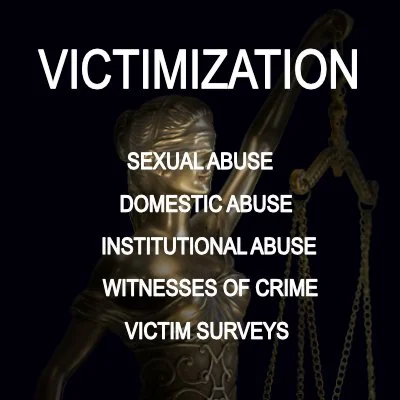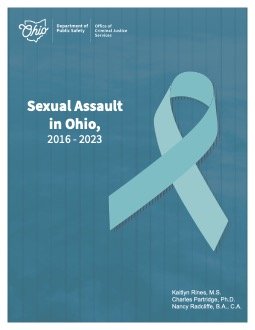By Ingrid Diane Johnson
Purpose: How victims of violence against women (VAW) label their experiences and selves can be important for help-seeking, but descriptive research on the prevalence of experience- and self-labels among VAW victims is limited. This study sought to fll some of the gaps in this quantitative literature using new measurement tools. Method: The current study used quantitative survey data from a weighted sample of 1694 community-based women in Alaska who had experienced VAW (determined using behaviorally specific items) to measure the prevalence of a variety of labels these victims could apply to their experiences and selves. Results Generally, victims of specific forms of violence had minimal agreement on the terms they used to label their experiences. The most commonly endorsed label was 28.5% of those who had experienced alcohol or drug involved sexual assault applying the label rape to their experiences. Across all victims, the most commonly endorsed self-label was survivor, with one-quarter to one-third endorsing this label, depending on the subsample. Roughly one-tenth used the self-label victim across all subsamples. Conclusion: VAW service providers should consider labels used to promote services and how to increase awareness about which behaviors constitute VAW; policymakers should improve the accessibility of healthcare so that labeling oneself or one’s experiences in a certain way is not a prerequisite of help-seeking; and researchers should continue exploring how to measure experience- and self-labels with minimal priming of participants and greater specificity to the actual experiences with violence.
Journal of Family Violence (2024) 39:421–433





















